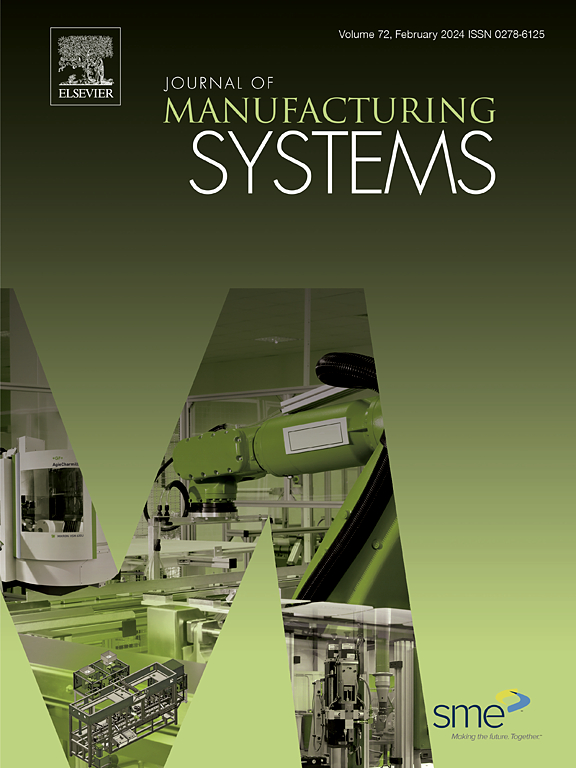Centrifugal blowers are easy to get faults due to the harsh working environment, and appropriate fault early warning is of great significance for predictive maintenance. Traditional fault early warning methods have poor resistance and feature learning ability in dealing with multivariate data with noise, and cannot achieve domain adaptation in different working environments. Aimed at solving these problems, this paper proposes a novel fault early warning method for centrifugal blowers based on stacked denoising autoencoder with sliding window (SW-SDAE) and transfer learning. The developed SW-SDAE model can effectively learn representative degradation features and temporal dependence from multivariate time-series data with noise. The reconstruction errors of SW-SDAE are used to construct the health indicators, which accurately characterizes the health status of the centrifugal blower. Meanwhile, transfer learning is employed to solve the problem of domain adaptation for different working environments. The established source domain warning model is successfully transferred to the target domain by minimizing the maximum mean discrepancy. When the health indicator exceeds the warning threshold, a fault early warning is performed. Experimental results demonstrate that the developed SW-SDAE warning model integrating transfer learning significantly resists the interference of noise and improves the domain adaptability for different working conditions. The proposed method achieves fault early warning 5.67 h without false alarms before failure and shows superior warning performance compared with traditional warning methods.


